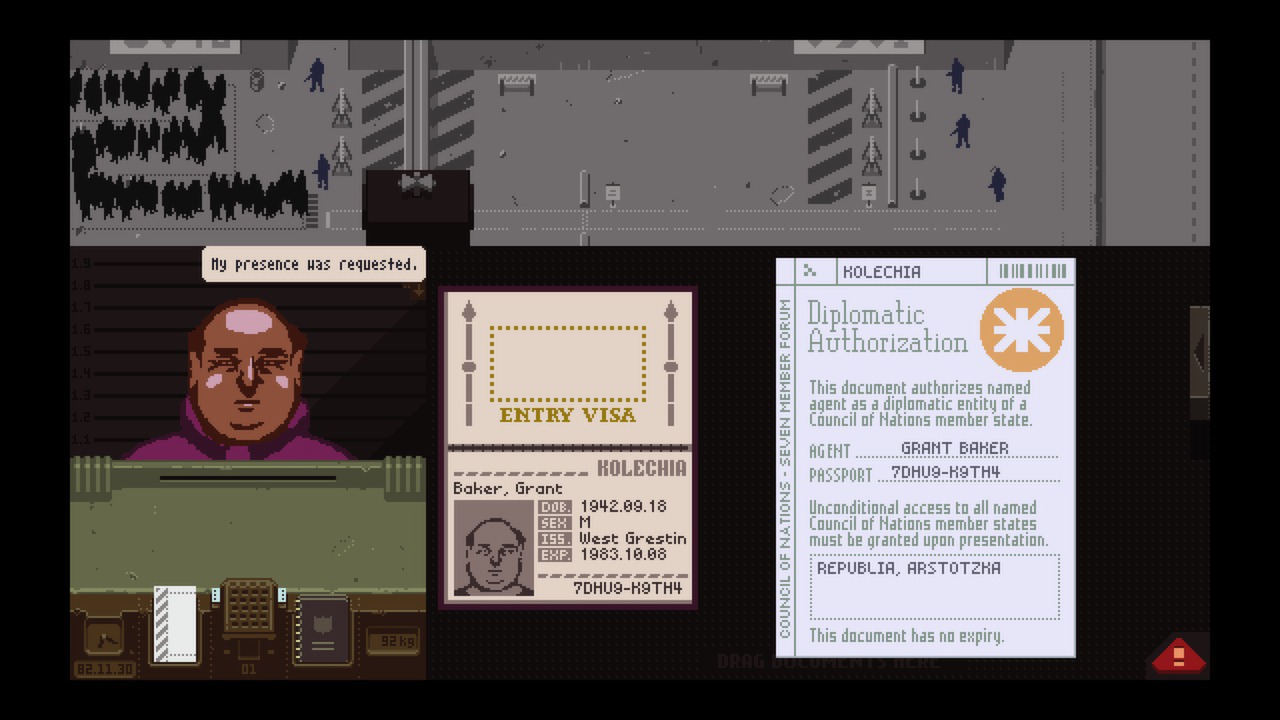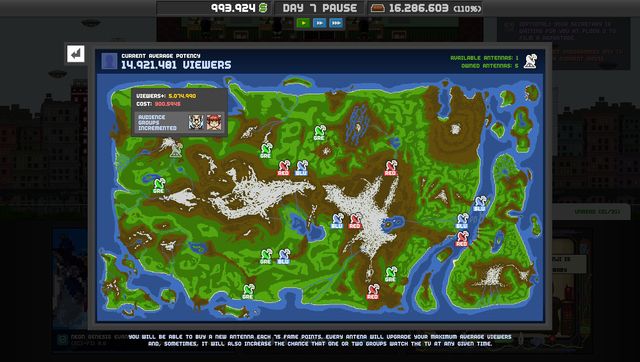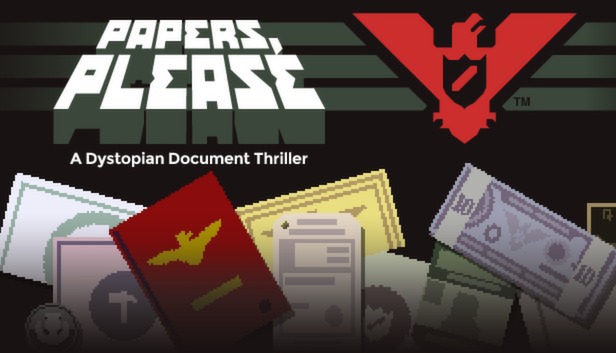

Likewise, the characters don’t say an awful lot but feel richly drawn nonetheless – from the gossip-loving postman who brings you many of your clues, leads, and puzzles, to the snooty barrister who is at the mercy of your plant-dispensing knowledge. They point to just the right elements of the action to keep the pace moving without losing sight of the smaller details that gradually build a sense of supernatural dread. Strange Horticulture is light on explicit lore, but it manages a lot through suggestion, implication, and descriptions. There is an eye for a deftly placed figure of speech as much as there is for carefully doled out world-building. It isn’t verbose or rich with branching dialogue options, but it isn’t overly minimal either. And the first of those strengths is the wonderful prose. These idiosyncrasies ultimately accommodate the game’s strengths. However, you can take as much time as you like to put these pieces back together again or find the right key before being revived back to the start of a day. If you make too many errors when identifying plans or mixing elixirs, your mind will quite literally shatter into pieces or become locked behind increasingly elaborate doors. The specimens in your greenhouse can be watered with about as much care as I afforded my poor cactus, but doing so will still yield more opportunities for countryside ambles to follow up a particularly difficult or obscure clue.Įven madness seems to wait on the game’s horticultural protagonist. Indeed, even though Strange Horticulture is rigidly divided into roughly two-and-a-half weeks, each day plays fast and loose with its sense of time.Ĭustomers can be left waiting indefinitely as you take long excursions to the surrounding landmarks to find the plants they are after. In contrast, Strange Horticulture’s lack of space merely comes from an academic obsession with collecting, cataloguing, and hoarding. It put you in an environment where you might make a mistake or be forced into a snap decision, which in turn opened up different plot points. In that title, the cramped conditions of your 2D border guard’s booth and work desk conspired with the game’s relentless time pressure and sparse pixel art to create a sense of stress, overwork, harsh uniformity, and ultimately oppression. Indeed, Strange Horticulture feels something like a genteel Papers, Please. When you want to click on your growing plant encyclopedia, you may very well accidentally open the large folded game world map or pick up the labels from the drawer instead. And your desk fills the rest of the screen, approximately two-thirds of it.Įverything is represented in 2D, and as the game progresses and items are acquired, it becomes more cramped and fiddly.


On the right is the representation of the shop counter – you can ring the bell to bring in a new or returning customer. Your greenhouse is squashed into a small, narrow bar at the top of the screen, looking increasingly busy and difficult to navigate as it gets filled with the game’s 70+ plants. It’s also not clear if I’ll ever get used to the awkward UI and controls. So it’s not clear why I find the core premise of Strange Horticulture so appealing: You inherit and run a plant shop in a 19th century fictionalized, dark fantasy England – the Lake District as described by Jeff VanderMeer, if you will. Amongst my shameful history of minor negligence is the slow and unintentionally torturous manslaughter of a cactus.


 0 kommentar(er)
0 kommentar(er)
